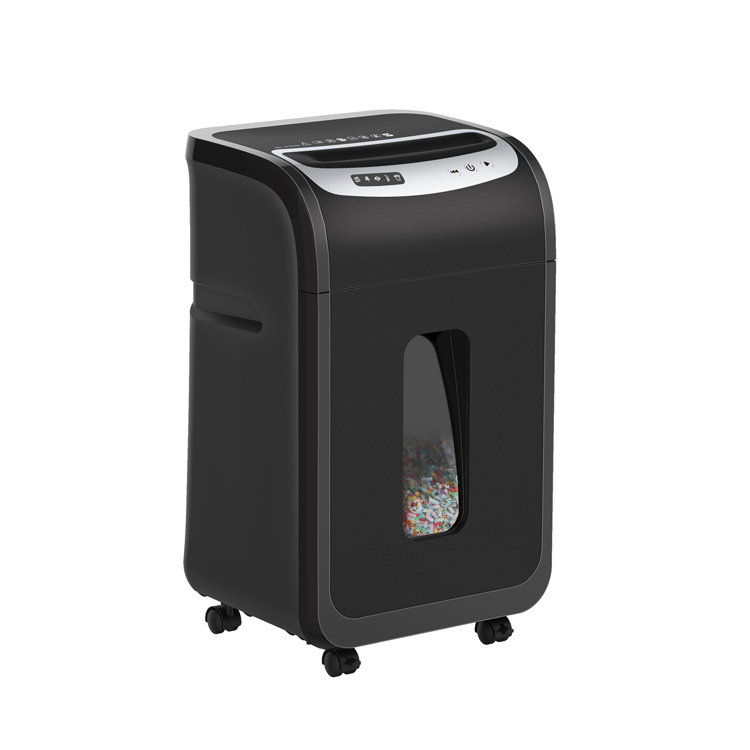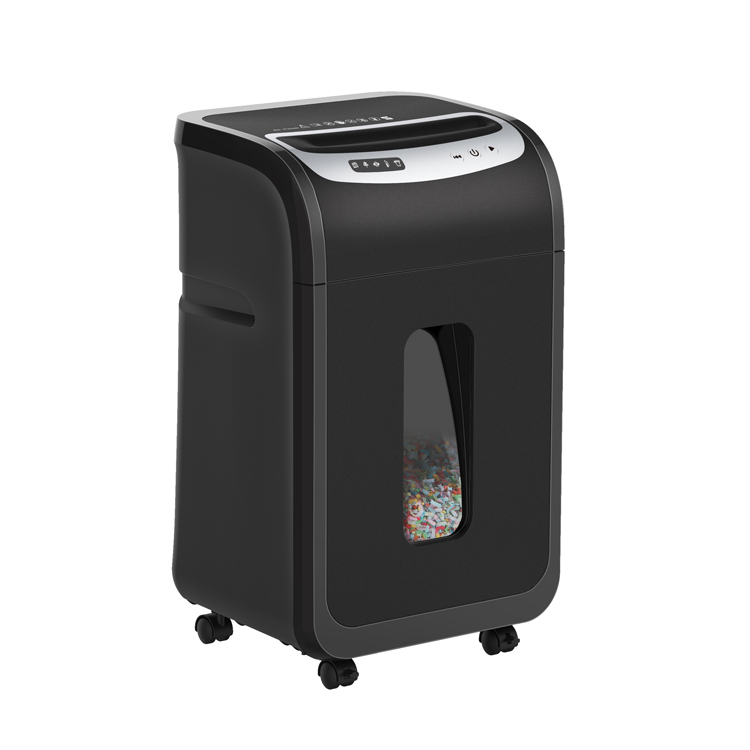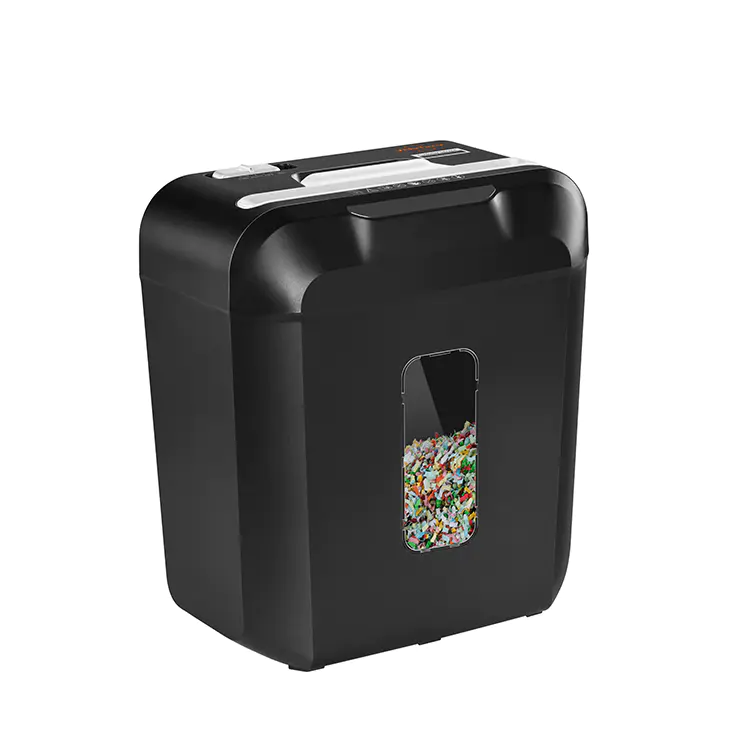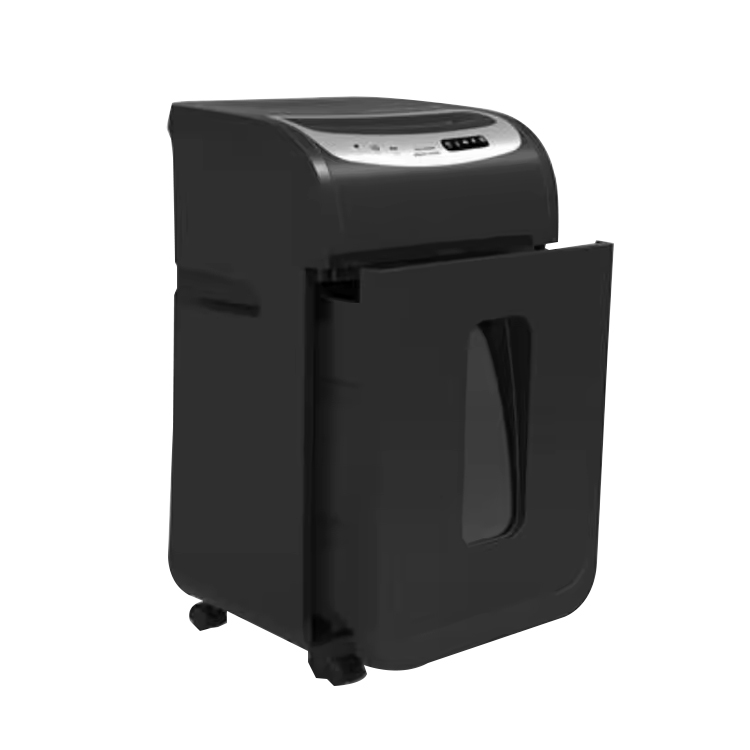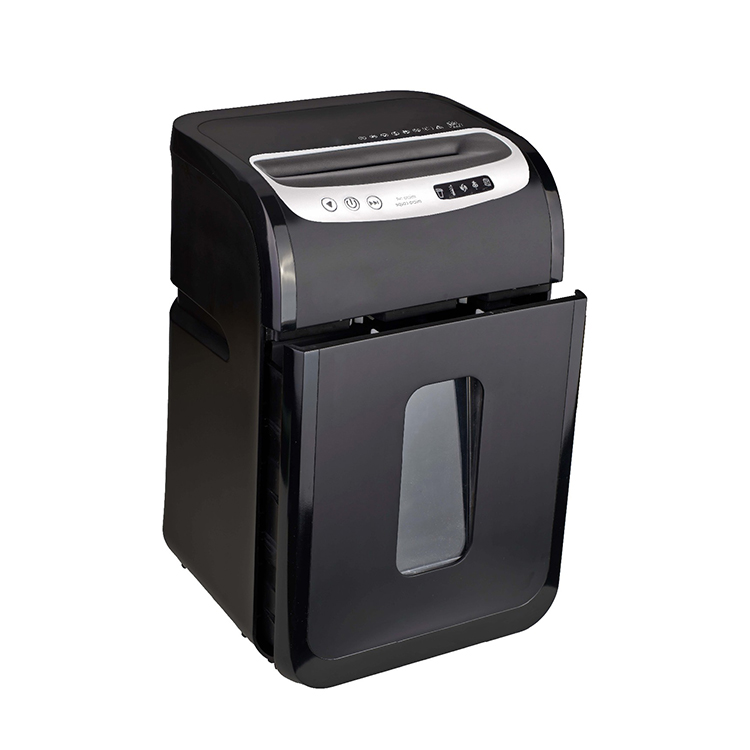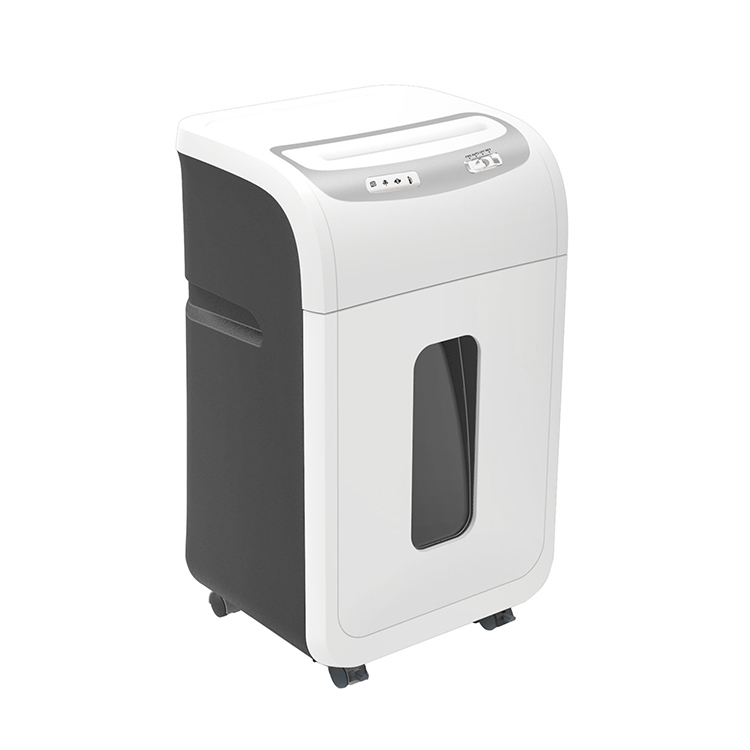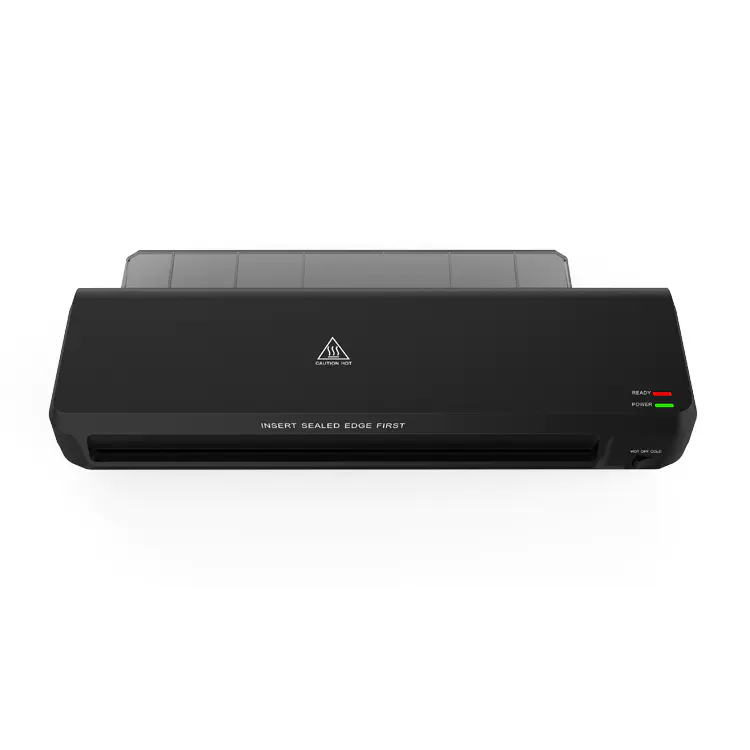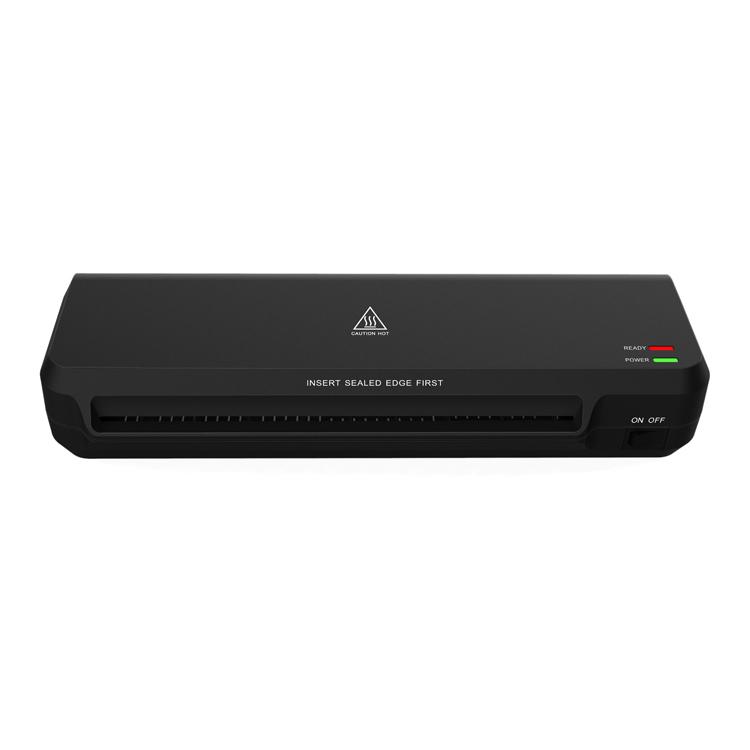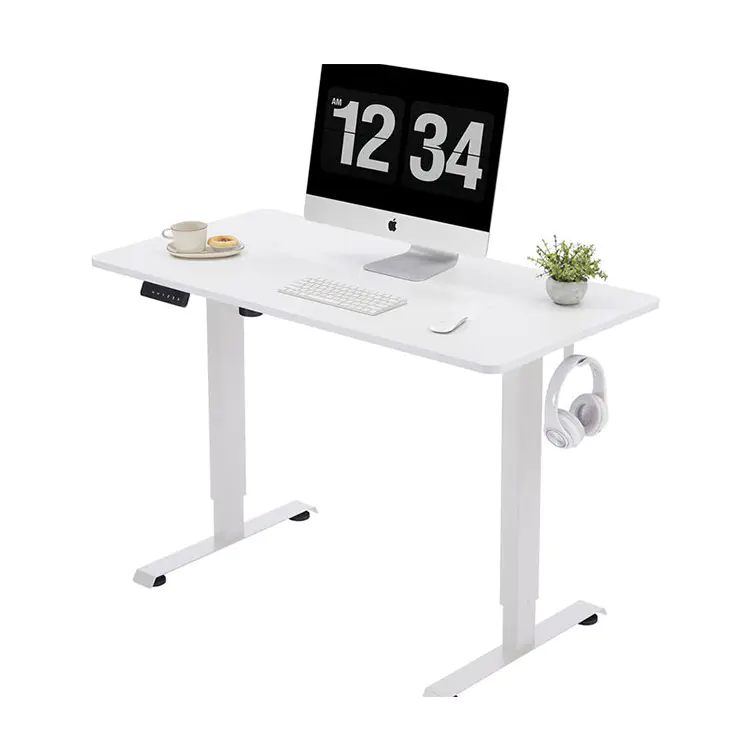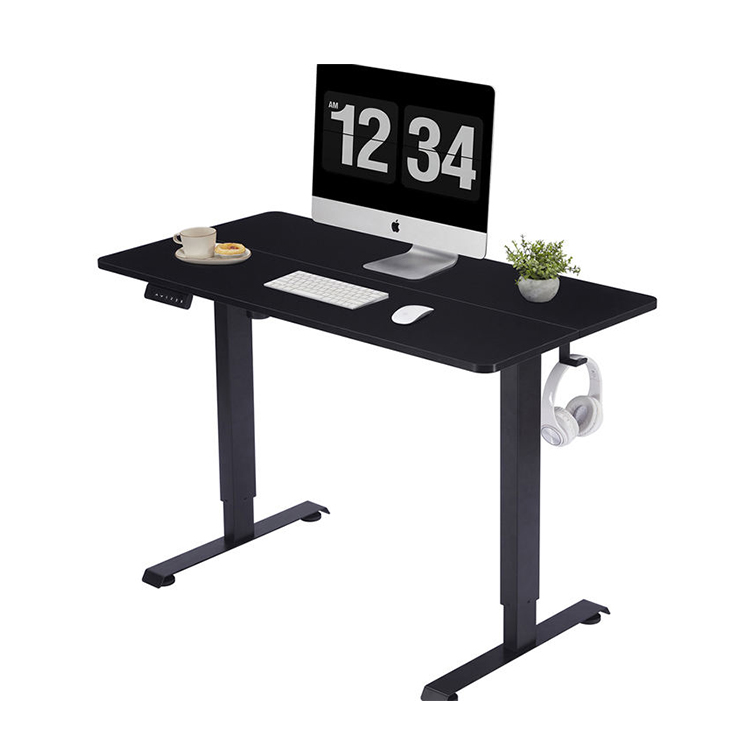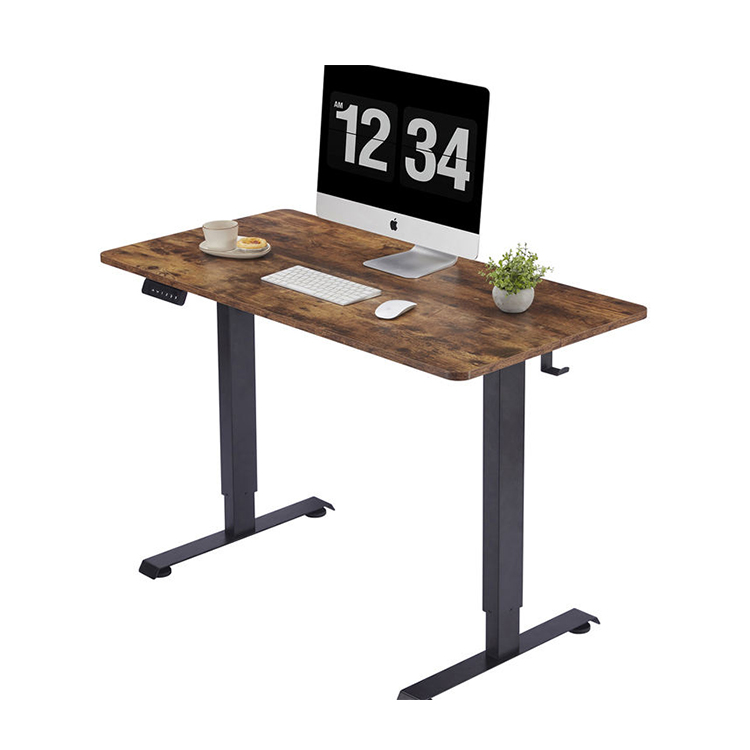How to choose an L-shaped electric lift table that suits you?
As people pay more and more attention to the comfort and health of the office environment, the L-shaped electric lift table has gradually become a popular choice in the office space. It not only makes full use of the corner space and improves office efficiency, but also can freely adjust the height to achieve alternate sitting and standing work, and improve the physical problems caused by long-term sitting. When choosing an L-shaped lift table, the motor system is the core that must be paid attention to. The lifting performance of the electric lift table depends entirely on the driving effect of the motor, which will directly affect the stability, load-bearing capacity and service life of the lift. The common types of motors on the market currently include single motors, dual motors, and even triple motors. Although the price of single-motor products is relatively affordable, for L-shaped tables with complex structures and high load-bearing requirements, there may be problems such as asynchronous lifting and unstable desktops. The dual-motor or triple-motor system provides stronger power output, making the entire desktop more stable during the lifting process, avoiding shaking and noise, and is especially suitable for users who place multi-screen monitors, large printers or heavy office supplies.
Whether the size and shape of the desktop is suitable for the use environment is one of the key factors to consider before selection. Although the L-shaped table has a high space utilization rate, its placement is also more particular. You need to decide whether to use a left L-shaped or right L-shaped structure based on your space, so as to better fit the corners or other furniture layouts. At the same time, you should measure the size of the office area in advance to ensure that the table will not block the passage or make the space look crowded after it is placed. If you have multiple devices, such as monitors, host computers, printers, and even file storage racks, you also need to confirm whether the width and depth of the desktop are sufficient to avoid the lack of space in actual use and affect the office experience.
In addition to space adaptation, ergonomic considerations are also a key point that cannot be ignored when choosing a lifting table. A qualified lifting table should have a reasonable height adjustment range, which should not only meet the needs of low-profile sitting use, but also support comfortable operation when standing. The ideal minimum height should be between 68 and 70 cm to accommodate the sitting operation of smaller users; and the maximum height is recommended to be no less than 115 cm to ensure that most people can type comfortably without bending over in a standing position. For an office environment shared by multiple people, an electric lifting table with a memory height setting function will be more practical. It only takes one button to switch to a personal preset height, saving time for each adjustment.
In terms of material selection, the quality of the desktop directly affects the service life and stability. Common desktop materials include MDF environmentally friendly boards, solid wood veneers, and high-density bamboo boards. They not only have good strength and anti-deformation capabilities, but also can present a variety of visual styles through different surface treatments. The table frame is usually made of powder-coated steel structure, and its thickness determines the load-bearing capacity and overall stability of the table. For users who often use multiple devices or heavy accessories in the office, it is recommended to choose a table frame design with a load-bearing capacity of not less than 80 kg to ensure safety and stability during use.
The personalized office experience that modern users pay more and more attention to has also prompted the lifting table to continuously integrate more humanized functions. For example, some products are equipped with a built-in cable management system that can effectively store wires and make the desktop more tidy; some high-end models have built-in USB or Type-C interfaces to facilitate users to charge mobile phones, headphones and other devices; some brands have added anti-pinch functions to automatically identify obstacles when the desktop is raised and lowered, effectively preventing accidental injuries to fingers or stuck devices. At the same time, some optional accessories such as hooks, drawers, keyboard trays or monitor stands can also add points to office efficiency, especially for users who want to create a personalized workstation.

 English
English русский
русский Español
Español Deutsch
Deutsch عربى
عربى
 0
0

